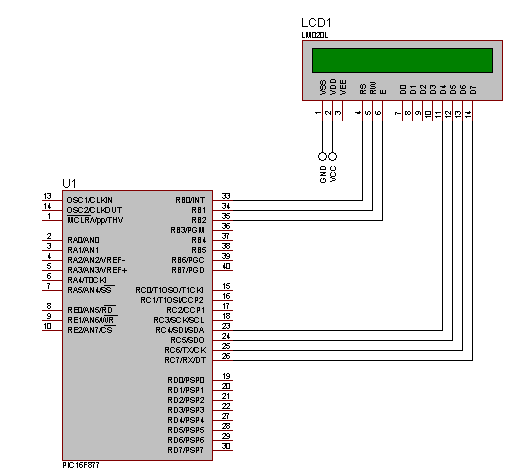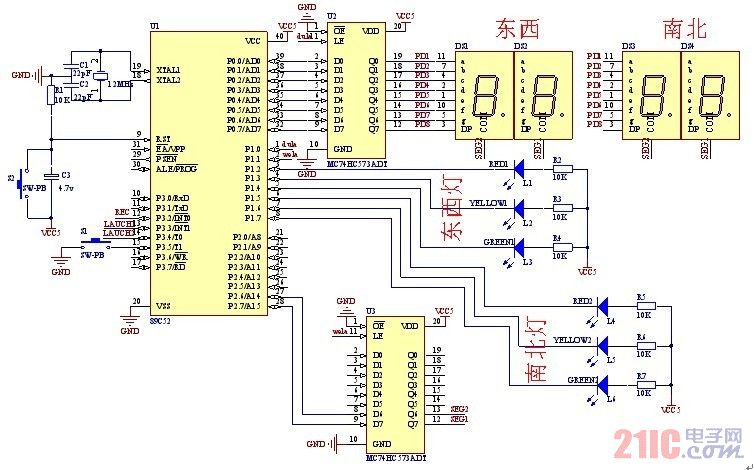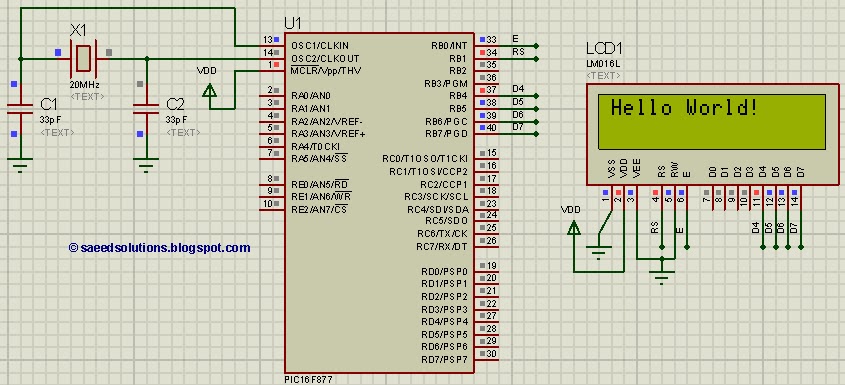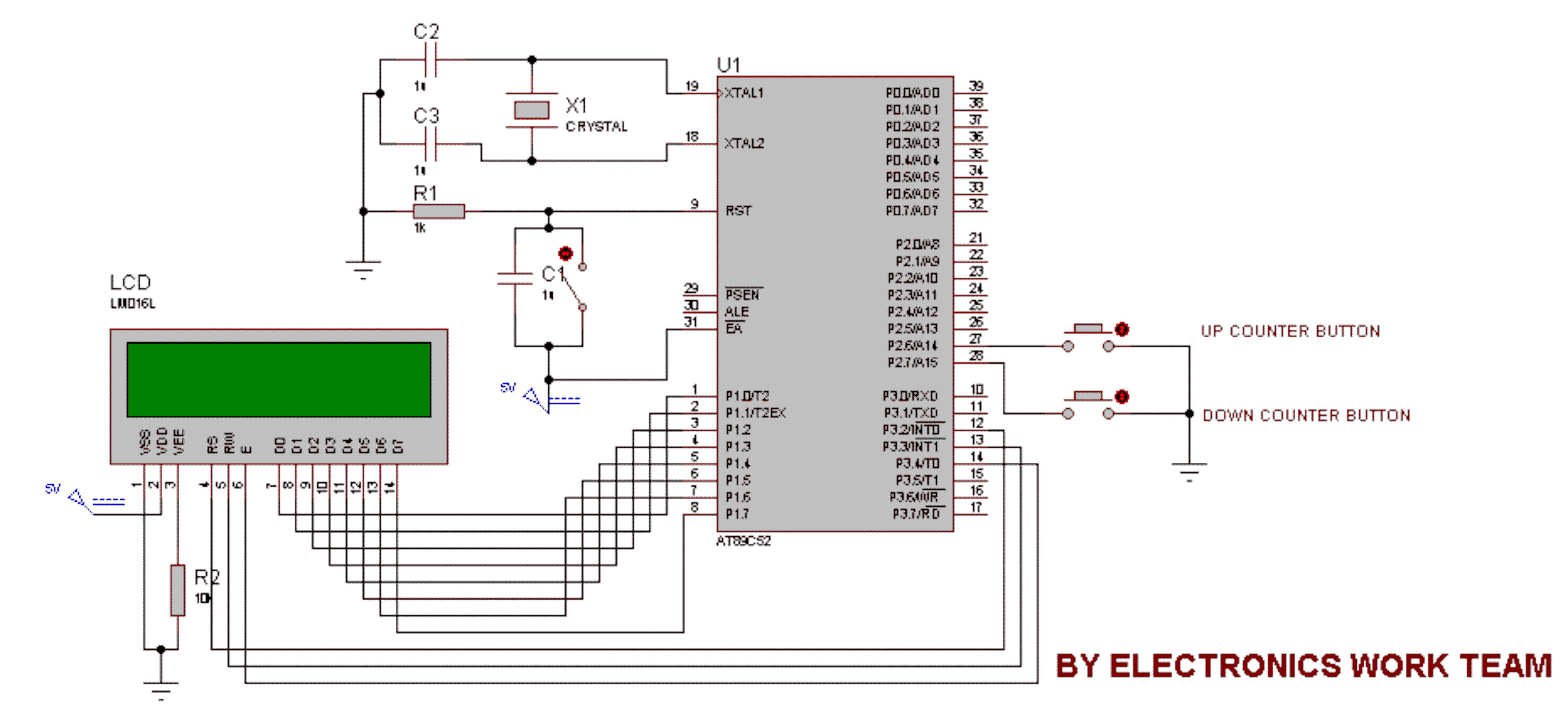
LCD in 4 bit mode with PIC16F877

When using an LCD in 4-bit mode, data must be sent twice, whereas in 8-bit mode, it is sent only once. This increases the workload on the microcontroller when interfacing with the LCD. If the microcontroller is handling only a few tasks, this overhead may not pose a significant issue. However, it becomes critical when multiple tasks are being executed simultaneously.
In the context of microcontroller interfacing, the choice between 4-bit and 8-bit modes for LCD operation significantly impacts performance and efficiency. In 4-bit mode, the data bus is utilized in a manner that requires two separate transmissions for each byte of data. This is achieved by sending the high nibble (the upper four bits) first, followed by the low nibble (the lower four bits). This method reduces the number of pins required for connection, making it suitable for applications with limited GPIO availability. However, the trade-off is an increase in processing time and complexity, as the microcontroller must handle more instructions to communicate effectively with the LCD.
In contrast, 8-bit mode allows for the transmission of a full byte in a single operation, which is more efficient and reduces the load on the microcontroller. This mode is ideal for applications that require rapid updates to the display or where the microcontroller is managing multiple tasks concurrently. The overhead introduced by the 4-bit mode can lead to delays and reduced responsiveness in systems where timing is critical.
When designing a circuit that incorporates an LCD in either mode, it is essential to consider the overall system requirements, including the number of tasks being executed and the available resources of the microcontroller. Properly balancing the trade-offs between pin count and processing efficiency will lead to an optimized design that meets the specific needs of the application. Additionally, implementing software techniques such as interrupt handling or task prioritization may further mitigate the impact of overhead when using 4-bit mode.When you are using LCD in 4 bit mode you have to send data two times where in 8 bit mode you only have to write once, this ultimately keeps your microcontroller more busy with LCD. If you are doing only a few things with your microcontroller then its ok you will not have to face the problem of overhead, but this becomes critical when you are doing many tasks same time.
🔗 External reference
In the context of microcontroller interfacing, the choice between 4-bit and 8-bit modes for LCD operation significantly impacts performance and efficiency. In 4-bit mode, the data bus is utilized in a manner that requires two separate transmissions for each byte of data. This is achieved by sending the high nibble (the upper four bits) first, followed by the low nibble (the lower four bits). This method reduces the number of pins required for connection, making it suitable for applications with limited GPIO availability. However, the trade-off is an increase in processing time and complexity, as the microcontroller must handle more instructions to communicate effectively with the LCD.
In contrast, 8-bit mode allows for the transmission of a full byte in a single operation, which is more efficient and reduces the load on the microcontroller. This mode is ideal for applications that require rapid updates to the display or where the microcontroller is managing multiple tasks concurrently. The overhead introduced by the 4-bit mode can lead to delays and reduced responsiveness in systems where timing is critical.
When designing a circuit that incorporates an LCD in either mode, it is essential to consider the overall system requirements, including the number of tasks being executed and the available resources of the microcontroller. Properly balancing the trade-offs between pin count and processing efficiency will lead to an optimized design that meets the specific needs of the application. Additionally, implementing software techniques such as interrupt handling or task prioritization may further mitigate the impact of overhead when using 4-bit mode.When you are using LCD in 4 bit mode you have to send data two times where in 8 bit mode you only have to write once, this ultimately keeps your microcontroller more busy with LCD. If you are doing only a few things with your microcontroller then its ok you will not have to face the problem of overhead, but this becomes critical when you are doing many tasks same time.
🔗 External reference





